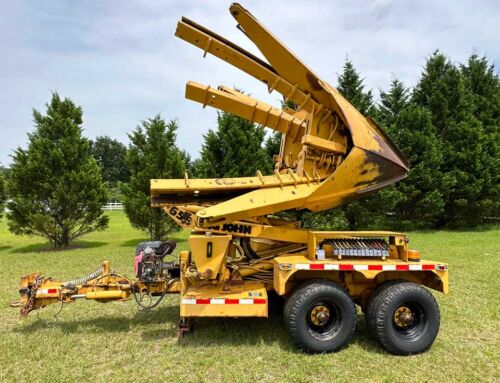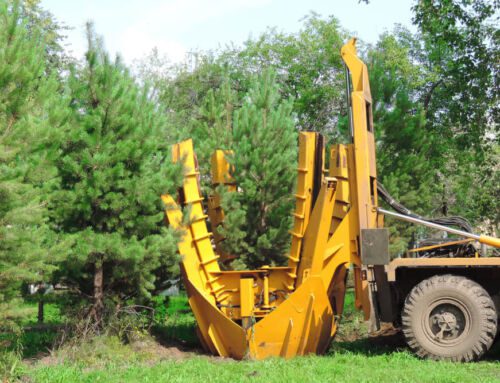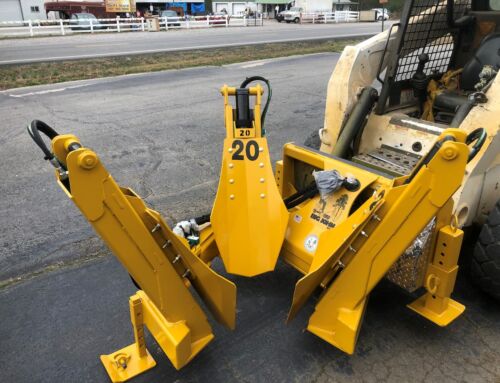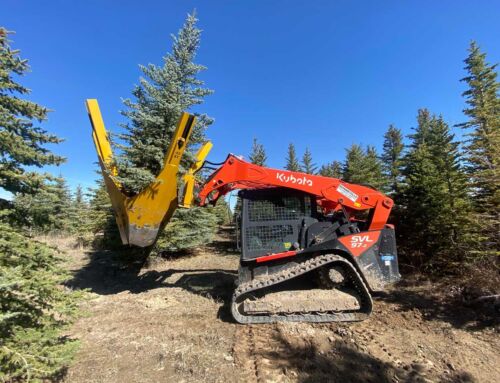Site Selection for Tree Transplanting: Factors to Consider
Site Selection for Tree Transplanting: Factors to Consider
Tree transplanting is becoming increasingly popular as more people recognize the value of preserving mature specimens. Moving a tree can be delicate, and selecting the right site is crucial for its survival and growth. You can ensure the tree thrives in its new home by picking the right spot.
So, how to choose? In this post, we’ll delve into the factors you must consider when choosing a location for tree transplantation. This guide will help you make informed decisions from soil conditions to proximity to structures. Let’s take a look!
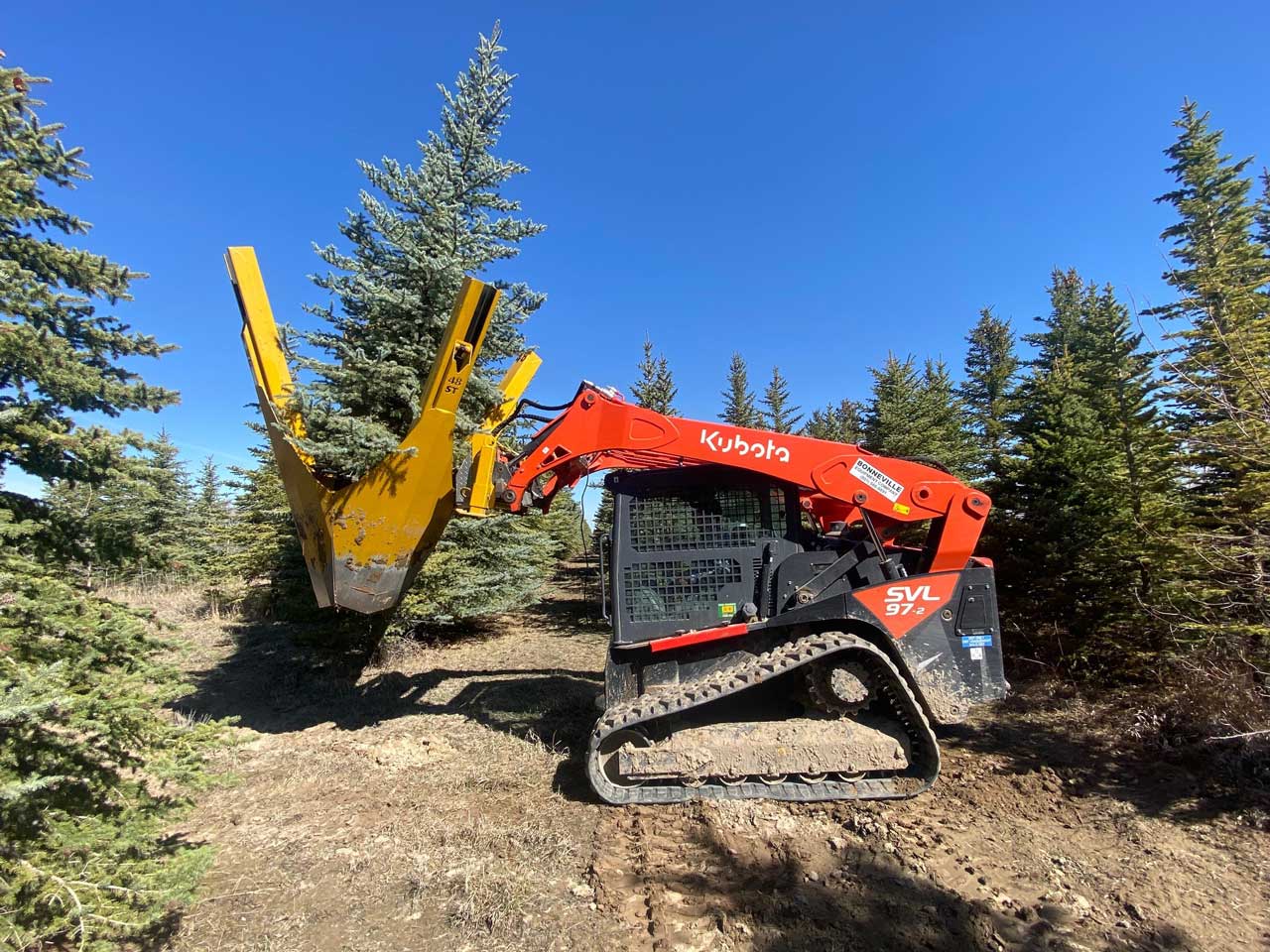
Soil Conditions: The Foundation of Growth
Soil is the foundation of any thriving tree. Different trees have different soil preferences, so matching the tree species with the appropriate soil type is vital. Here’s what we recommend:
- Start by testing the soil’s pH and nutrient levels. Most trees prefer slightly acidic to neutral soil.
- Ensure that the soil has good drainage. Standing water can suffocate roots.
- Avoid compacted or heavily disturbed soil.
Sunlight Requirements: Lighting The Way
Sunlight is another critical factor in tree transplantation. Depending on their species, trees need varying amounts of sunlight, so you must assess the site’s light availability throughout the day.
Ensure that the tree will get adequate sunlight without being overshadowed by larger structures or other trees. This step helps in proper photosynthesis and overall health.
Water Availability: Don’t Let Them Go Thirsty
Water is life for trees. When selecting a site, check its proximity to consistent water sources. Natural rainfall, supplemented with irrigation, should meet the tree’s needs. Ensure the site has a reliable water source, especially if you’re in a region with dry spells.
Space and Growth Potential: Ensure Room to Grow
Trees need space to grow above and below ground to thrive. So before moving your tree, we recommend these steps:
- Ensure there’s enough room for the tree’s roots to expand.
- Avoid cramped spaces where the tree might compete for nutrients.
- Ensure ample space for the tree’s canopy to grow without obstructions.
Climate and Weather Patterns: Weathering the Storms
Matching the tree species to the local climate is crucial. Some trees thrive in cooler temperatures, while others prefer warmer regions. Consider the area’s weather patterns, including seasonal changes. Trees that aren’t suited to the local environment may struggle to survive.
Proximity to Structures and Utilities: Keeping Safe Distances
When selecting a site, consider the distance from buildings, power lines, and underground utilities. Trees planted too close to structures can cause damage if their roots invade foundations or their branches interfere with power lines. Also, check for underground utilities before digging to avoid damaging pipes or cables.
Big John Manufacturing: Helping You Plant with Confidence
It’s natural to care about every tree you transplant. After all, you understand their role in nature and want to ensure they thrive in a new environment. But a successful tree transplanting goes beyond choosing the right site; it also depends on having the proper tools for the job.
At Big John Manufacturing, we are ready to equip you. We’ve been in the industry for four decades, helping businesses like yours succeed in their tree farming and forestry projects. Explore our tree transplanting equipment today and gear up for tree preservation!
